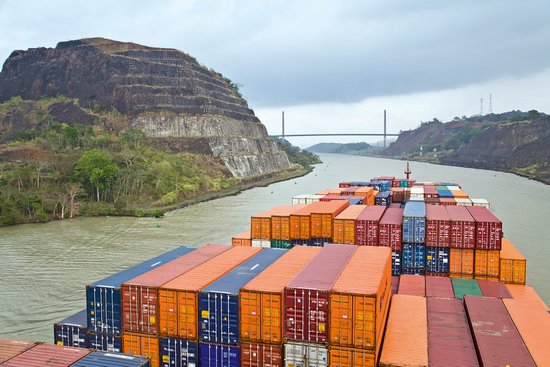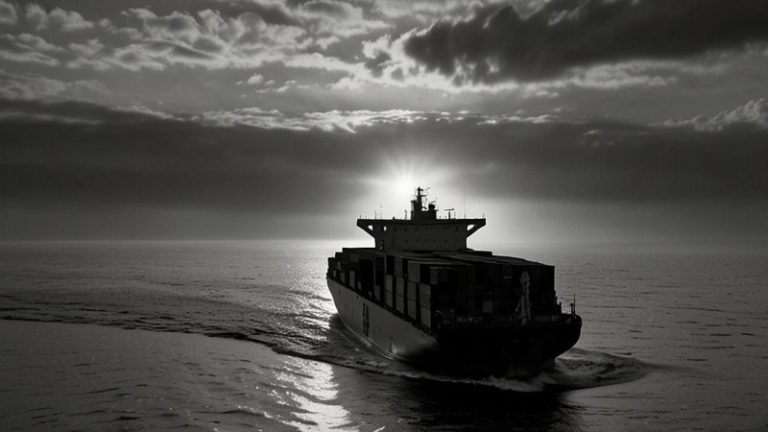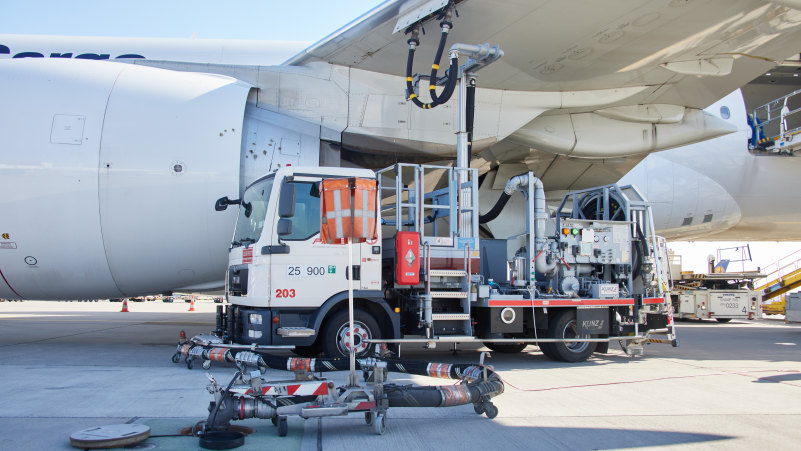The ongoing missile and drone attacks by Yemeni Houthis on ships traveling in the vast expanse from the Indian Ocean to the Red Sea have forced many container ships to avoid the Suez Canal and circumnavigate Africa to reach Europe from Asia. This results in longer and costlier navigation times. Research firm Sea-Intelligence estimated these times, noting that, “it is important to be cautious when examining transit times, as the figures that make headlines may be technically feasible but often come with a caveat. They are found on non-competitive port pairs that carriers do not market as such. For a realistic comparison, we must consider the shortest actual transit times for a port pair, i.e., the minimum transit time.”
Sea-Intelligence conducted a detailed investigation, evaluating transit times between sub-regions in the first quarter of 2024 compared to the second half of 2023: two in Asia (North and Southeast), three in Northern Europe, and three in the Mediterranean (East, West, and Central), the area most affected by the avoidance of the Suez Canal. The assessment considered connections between the four most connected port pairs in each region pair.
The first result is predictable: the percentage increase in time is greater on routes between Asia and the Mediterranean compared to those to Northern Europe. In the latter case, the route connecting it to Southeast Asia shows an average increase of about 15%, with a peak of about 25% for the route between Southeast Asia and the North Sea. Conversely, the lowest percentage increase is on the route between North Asia and the Baltic, which is less than 10%.
The percentages rise significantly for the Mediterranean. The average value for the entire basin is 39%. The four most affected sub-region pairs refer to the Eastern and Central Mediterranean. This makes sense because these connections have had the longest detour. The average minimum transit time has increased by as much as 61%-63% towards the Eastern Mediterranean and 39%-40% towards the Central Mediterranean (which includes Italian ports).
Sea-Intelligence also evaluated other impacts of the Red Sea crisis on container transport. An important factor is blank sailings, or cancellations of scheduled voyages, a common tool shipping companies use to manage supply and demand. Carriers massively employed this tool during the pandemic due to port congestion.
Sea-Intelligence analyzed the actual capacity deployed in March and April 2024 by container ships (based on its Trade Capacity Outlook database), comparing it to February 2024. Along the Asia-Northern Europe route, the percentage of canceled capacity nearly doubled from March to April, rising from -12% to -21%. However, on the Asia-Mediterranean route, the trend is opposite, with the share of canceled capacity decreasing from -17% in March to -8% in April. The situation on the transpacific route is more stable, showing a capacity reduction of about -14% towards the west coast and -11% towards the east coast of North America, both in March and April 2024. Analysts indicate this reflects a much more unstable operational environment in Asia-Europe compared to the Transpacific.
Sea-Intelligence concludes that “with virtually no idle ships and spot rates rising sharply in recent weeks, this increase in blank sailings is driven by the Red Sea crisis. Port congestion is worsening at major hubs in both Asia and Europe. As clearly seen during the pandemic, port congestion absorbs supply and leads to potential capacity shortages.” They add, “there is sufficient capacity to divert ships around Africa, but not enough additional margin to handle other major disruptions. Therefore, port congestion must be kept under control, or spot rates could rise further, and quite rapidly.”
One might wonder if the Red Sea crisis has also affected voyage punctuality, as the pandemic did. This is an important factor because delays reduce fleet capacity. Historically, the reduction in capacity caused by delays ranges from one to three percent, with peaks between three and five percent. During the pandemic, this value reached 14%. According to Sea-Intelligence, this percentage in March 2024 was only slightly above normal (5.7%), with an improvement from January (7.5%). These values indicate only the capacity loss caused by blank sailings, net of that caused by the circumnavigation of Africa.
“We can clearly see that the pandemic's impact peaked in January 2022, when 13.8% of global capacity was rendered unavailable. At the beginning of 2024, we had another small peak, but it is rapidly decreasing,” concludes Sea-Intelligence. “If the Africa circumnavigation services begin to operate with pre-pandemic reliability levels, this absorbed capacity will return to the market, and we could see up to 4% additional capacity introduced in 2024. This would add to the 9% of new ship deliveries in 2024, further exacerbating the challenge of excess capacity for shipping companies.”

































































